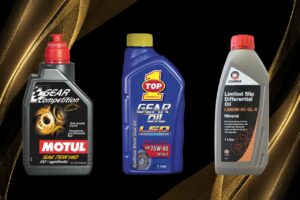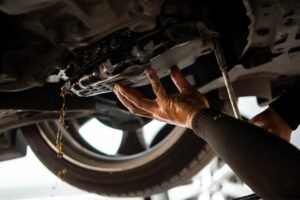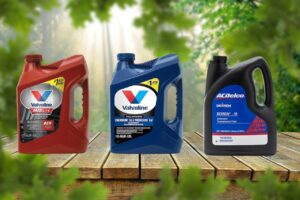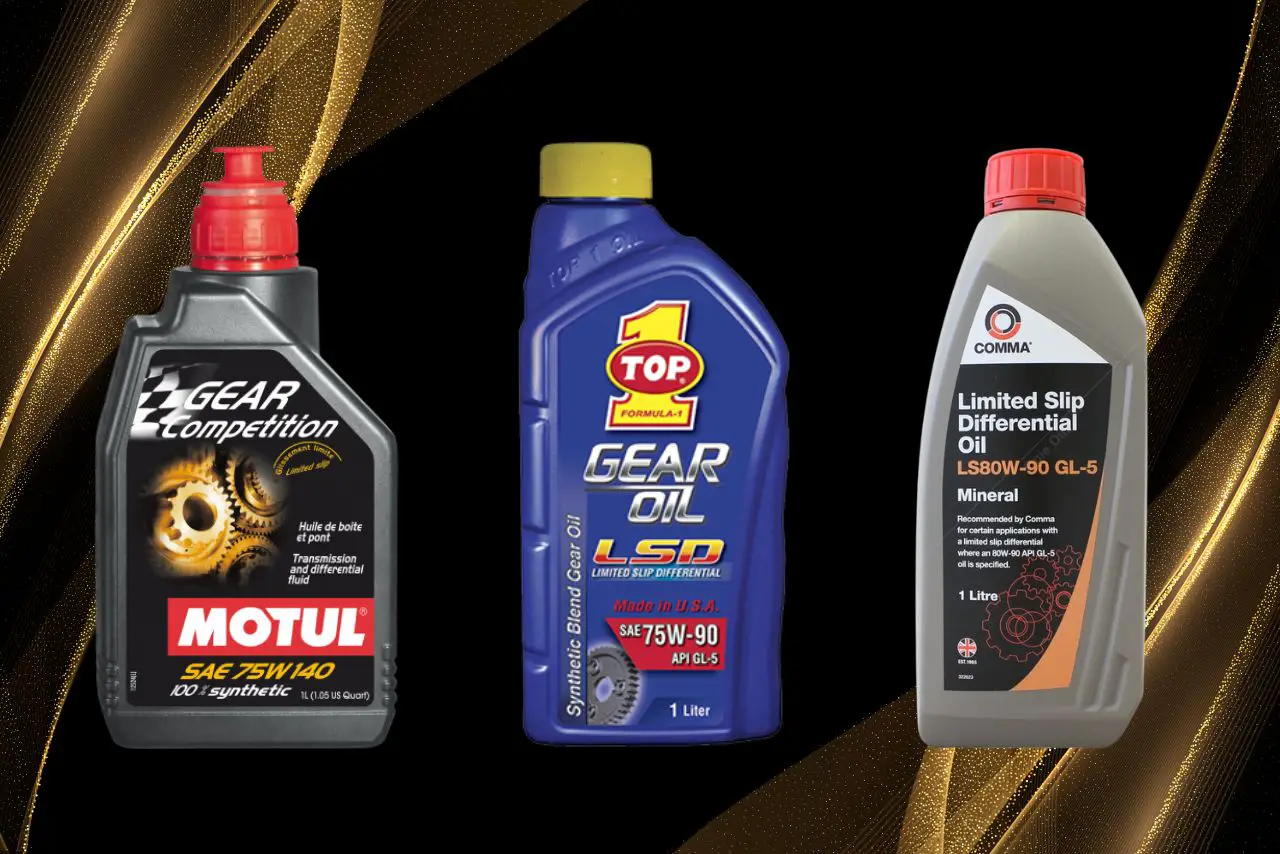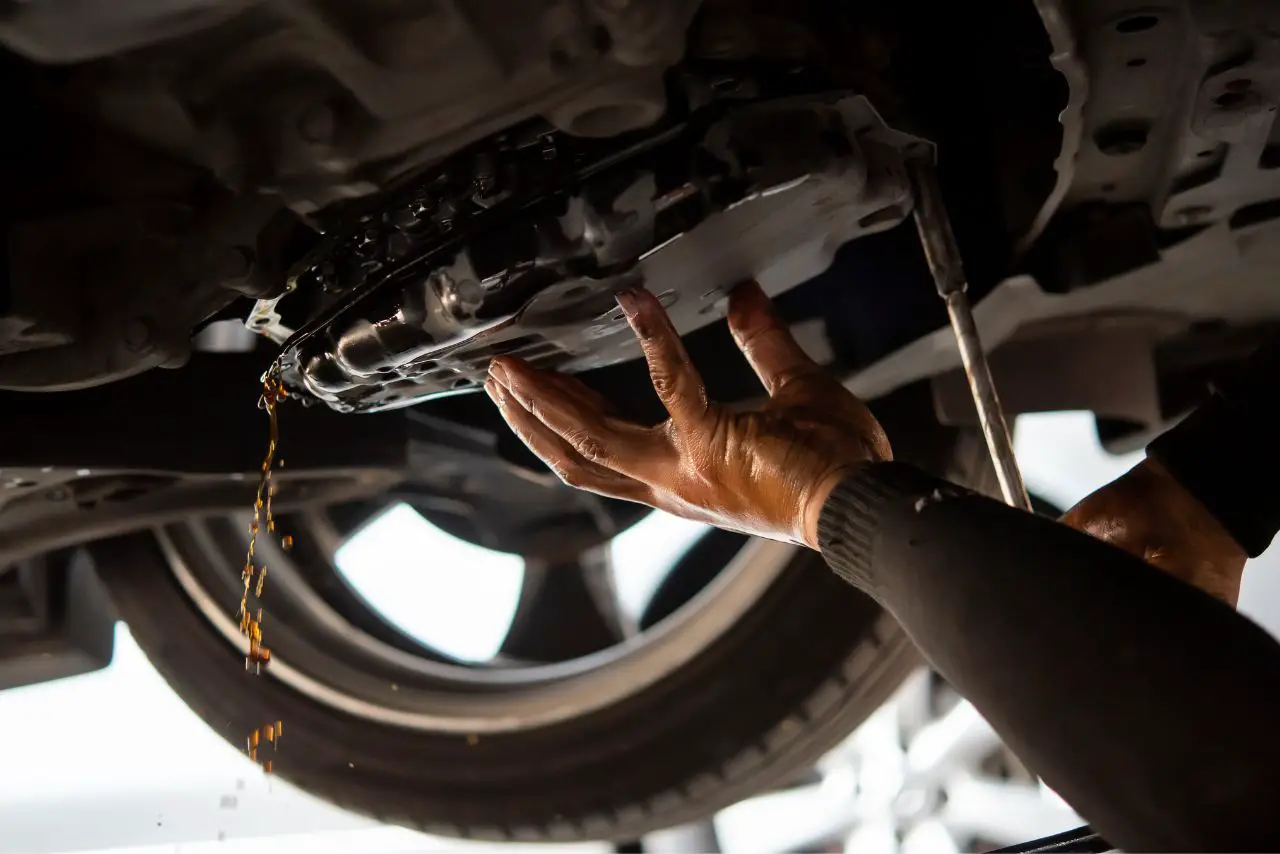Are you experiencing oil pressure problems with your 5.7 Hemi engine? If so, it’s important to understand the potential causes and how to diagnose and fix the issue.
Oil pressure is crucial for the proper functioning of your engine, and ignoring oil pressure problems can lead to serious engine damage or failure.
In this article, we’ll discuss the common oil pressure problems that 5.7 Hemi engines experience and provide guidance on diagnosing and fixing these issues.
We’ll also explore the causes of 5 7 Hemi Oil Pressure Problems and provide tips for preventing them in the future.
By understanding the importance of oil pressure and how to maintain it, you’ll be able to keep your engine running smoothly and ensure your freedom on the road.
Table of contents
The Importance of Oil Pressure in Engines
You might not realize it, but your engine is like a well-oiled machine and without proper oil pressure, those gears and pistons won’t be able to function at their best.
Oil pressure is essential for an engine’s performance as it lubricates and cools the moving parts. Without enough oil pressure, the engine can suffer from wear and tear, leading to costly repairs.
Regular oil changes are crucial in maintaining proper oil pressure. Over time, oil can break down and lose its effectiveness in lubricating the engine. Dirty or old oil can also lead to clogged oil filter, which restricts oil flow and reduces oil pressure.
By changing the oil and filter as recommended by the manufacturer, you can ensure that the engine has the necessary oil pressure to operate efficiently.
Low oil pressure can cause a range of problems in the engine, from decreased performance to complete engine failure. It can result in increased engine friction, overheating, and even engine seizure.
By keeping an eye on your oil pressure gauge and addressing any issues promptly, you can prevent further damage and keep your engine running smoothly.
Common 5.7 Hemi Oil Pressure Problems

Feeling frustrated with your engine’s inconsistent performance? It’s possible you’re experiencing some common issues with the 5.7 Hemi’s oil pressure.
One of the most common causes of oil pressure problems in the 5.7 Hemi is a malfunctioning oil pressure sensor. This sensor is responsible for keeping track of the engine’s oil pressure and sending that information to the vehicle’s computer system.
If the sensor is faulty, it can cause the computer to misinterpret the oil pressure readings, leading to erratic performance and potential engine damage.
Another common cause of 5.7 Hemi oil pressure problems is a clogged oil filter. Over time, debris and contaminants can build up in the filter, preventing oil from flowing freely through the engine.
This can cause the engine to lose pressure, leading to poor performance and potential damage. To solve this issue, it’s important to regularly change your oil filter and use high-quality oil to keep your engine running smoothly.
If you’re experiencing oil pressure problems with your 5.7 Hemi, it’s important to address the issue as soon as possible. Ignoring the problem can lead to more serious engine issues down the line.
Some other possible solutions to this issue include replacing the oil pump, checking the oil pressure relief valve, or inspecting the oil pressure regulator.
Causes of Oil Pressure Problems
Identifying the root cause of inconsistent engine performance can be challenging, but understanding the possible culprits behind oil pressure issues is crucial in preventing potential engine damage.
Oil pressure problems can lead to engine failure if not addressed in a timely manner.
Here are some common causes of oil pressure problems that you can use for troubleshooting and engine maintenance:
Keep up with regular engine maintenance and oil changes, and address any issues promptly to ensure your engine runs smoothly and efficiently. With proper care, you can enjoy the freedom of the open road without worrying about engine failure.
Diagnosing Oil Pressure Problems
If your engine is experiencing inconsistent performance, it may be helpful to diagnose the underlying cause of oil pressure issues. Checking sensors should be your first step in identifying the problem.
The oil pressure sensor is responsible for monitoring the oil pressure in your engine and sending a signal to the gauge on your dashboard. If the sensor is faulty, it can send incorrect readings to the gauge, leading to inaccurate oil pressure readings.
Testing the pressure relief valve is another important step in diagnosing oil pressure problems. The pressure relief valve is responsible for regulating the oil pressure inside the engine.
If the valve is stuck open, it can cause low oil pressure, while a stuck-closed valve can cause high oil pressure.
To test the valve, you will need to remove it from the engine and use a pressure gauge to check the pressure at different RPMs.

If the pressure is not within the manufacturer’s specifications, the valve may need to be replaced.
In addition to checking sensors and testing the pressure relief valve, it is important to inspect the oil pump and oil filter for debris or damage.
A clogged oil filter can cause low oil pressure, while a damaged oil pump can cause inconsistent oil pressure. By inspecting these components, you can ensure that your engine is running smoothly and avoid further damage.
Remember, diagnosing oil pressure problems early can save you from expensive repairs down the road.
Fixing Low Oil Pressure
If you’re experiencing low oil pressure, there are a few steps you can take to fix the problem. One option is to replace the oil pump, which is responsible for circulating oil through the engine.
Another option is to change the oil viscosity, which can help improve oil flow. If the low oil pressure is due to engine damage, repairing the damage may be necessary to restore proper oil pressure.
Replacing Oil Pump
Replacing the oil pump is a crucial step in solving hemi oil pressure problems. The oil pump is responsible for maintaining proper oil pressure throughout the engine.
If the oil pressure is too low, it can cause damage to the engine and lead to costly repairs. Therefore, it is important to perform regular oil pump maintenance and troubleshooting techniques to prevent any issues from occurring.
When replacing the oil pump, it is important to choose a high-quality replacement that is designed specifically for your hemi engine.
The replacement pump should be installed by a professional mechanic who is knowledgeable about hemi engines and has experience with oil pump replacement.
By replacing the oil pump, you can ensure that your engine is properly lubricated and prevent further damage from occurring. With proper maintenance and regular oil pressure checks, you can keep your hemi engine running smoothly for years to come.
Changing Oil Viscosity
To improve the performance of your engine, you should consider changing the viscosity of your oil. One option is to switch to a synthetic oil, which has several benefits over conventional oil.
Synthetic oil flows better in cold temperatures, providing better protection during start-up, and it also resists breakdown and sludge formation, which can lead to clogs and reduced oil flow.
Additionally, synthetic oil typically lasts longer than conventional oil, meaning you can go longer between oil changes.
Another option for changing oil viscosity is to use a thicker oil. However, there are pros and cons to this choice.
Thicker oil can provide better protection at high temperatures and pressures, which may be beneficial for engines experiencing hemi oil pressure problems.
However, thicker oil can also reduce fuel economy and may not flow as well at lower temperatures, leading to increased wear during start-up.
It’s important to consider the specific needs of your engine and consult with a trusted mechanic or oil expert before making any changes to your oil viscosity.
Repairing Engine Damage

When your engine experiences damage, you’ll need to take it to a professional mechanic who can diagnose the issue and recommend the best course of action.
Depending on the extent of the damage, repairing the engine could cost a significant amount of money and take a considerable amount of time.
However, it’s important to address the issue as soon as possible to prevent further damage and ensure the longevity of your vehicle.
Here are three things to keep in mind when considering the cost and time involved in repairing engine damage:
Fixing High Oil Pressure
If you’re experiencing high oil pressure in your hemi engine, don’t worry – there are a few simple fixes that can help get things back to normal. One of the first things you can try is adjusting the valves.
This can help to relieve some of the pressure and ensure that the oil is flowing properly throughout the engine.
Another option for fixing high oil pressure is to upgrade your filters. A high-quality oil filter can help to remove impurities and debris from the oil, which can help to reduce pressure and improve engine performance.
Look for filters that are designed specifically for your hemi engine and that have a high filtration rating.
If adjusting valves and upgrading filters doesn’t solve the problem, you may need to have your engine inspected by a professional mechanic.
High oil pressure can be a sign of more serious engine issues, such as a faulty oil pump or a clogged oil passage.
Preventing Oil Pressure Problems

One effective way to avoid issues with your engine’s oil flow is by regularly maintaining and cleaning its components.
Regular maintenance includes checking the oil levels and quality and replacing the oil and filter as needed.
Proper lubrication is also critical to preventing oil pressure problems. Use the oil recommended by the manufacturer and make sure it is the correct viscosity for your engine’s operating temperature.
Additionally, it is essential to inspect and replace any worn or damaged components, such as gaskets, seals, and hoses, that could cause leaks or blockages in the oil system.
Frequently Asked Questions
How Often Should I Check My Oil Pressure on My 5.7 Hemi Engine?
It’s important to regularly check your oil pressure to ensure your engine is functioning properly.
Common causes of low oil pressure include insufficient oil levels and faulty oil pumps. Stay on top of maintenance to avoid potential issues.
Can Low Oil Pressure Cause Engine Damage in My 5.7 Hemi?
Low oil pressure is a serious concern for any engine, including the 5.7 Hemi. It can cause damage to the engine over time, affecting its performance and longevity.
Regular oil changes are crucial to maintaining proper oil pressure and preventing potential issues.
What Is the Average Cost to Fix High Oil Pressure in A 5.7 Hemi Engine?
Looking to fix high oil pressure in your 5.7 Hemi engine? Repair options include replacing the oil pressure sensor, oil pump, or valve lifter.
Average cost ranges from $300 to $800, depending on the specific issue.
Is There a Certain Type of Oil Recommended for 5.7 Hemi Engines to Prevent Oil Pressure Problems?
If you want to prevent oil pressure problems in your 5.7 Hemi engine, it’s recommended to use the manufacturer’s recommended oil type and change it at the recommended frequency.
This will ensure optimal engine performance and longevity.
Can a Faulty Oil Pressure Sensor Cause Incorrect Readings in My 5.7 Hemi Engine?
If you’re experiencing engine oil pressure troubleshooting, a faulty sensor diagnosis could be the culprit.
A malfunctioning oil pressure sensor can cause incorrect readings, leading to potential engine damage. Correct diagnosis is crucial for proper repairs.
Conclusion: 5 7 Hemi Oil Pressure Problems:
Understanding the importance of oil pressure in your 5.7 Hemi engine is crucial to keeping your vehicle running smoothly. Low or high oil pressure can lead to serious engine damage and costly repairs.
By familiarizing yourself with the common causes of oil pressure problems and how to diagnose and fix them, you can prevent potential engine failure.
If you experience low oil pressure, it is important to address the issue as soon as possible by checking for leaks, replacing worn out parts, and ensuring the correct oil viscosity is being used.
On the other hand, high oil pressure can be caused by a clogged oil filter or a malfunctioning oil pressure relief valve, which can be fixed through cleaning or replacement.
By taking preventative measures such as regular oil changes and using high-quality oil, you can avoid oil pressure problems altogether.
Maintaining proper oil pressure is essential to keeping your 5.7 Hemi engine running smoothly and preventing costly repairs.
By understanding the causes of oil pressure problems, diagnosing issues early on, and implementing preventative measures, you can ensure the longevity and reliability of your vehicle.
Latest Posts:
- 10 Best Gear Oil for Limited Slip Differentials (Reviewed!)
- Allison 1000 Transmission Fluid Type (5 Best Options!)
- 91 Octane Vs 93 Which One You Use? (The Surprising Truth!)
- Oil Pressure Gauge Not Working: (Guaranteed Fix!)
- 10 Best Transmission Fluid for 4l60e (Tested by Experts!)
- 10 Best Ceramic Coating For Wheels (Used By Real Users!)


